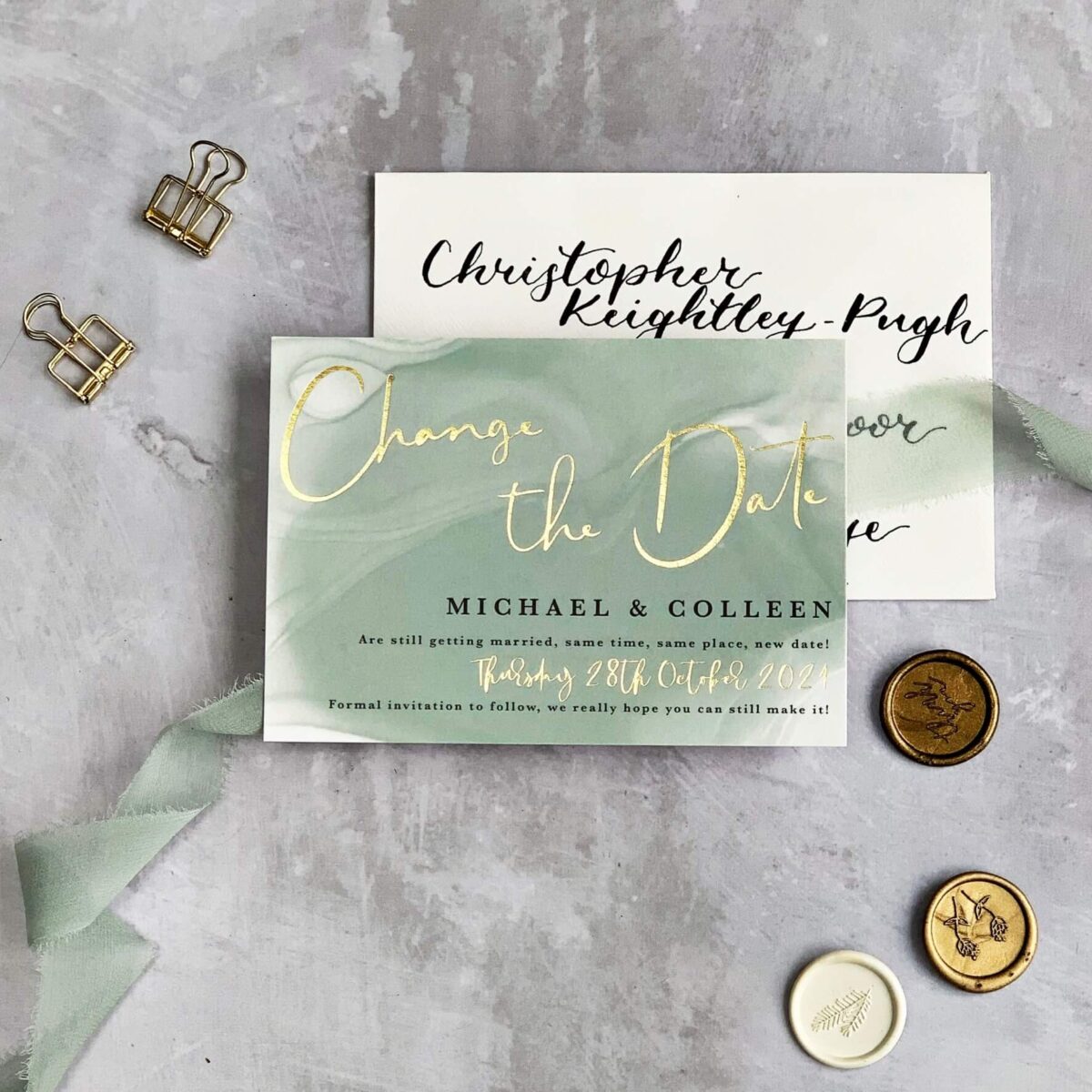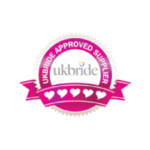Being proactive in a Sales situation essentially all boils down to one thing, can you anticipate your customers future requirements in relation to your business? Oh, if only it was that easy!
That said, I will try and highlight a few of the things that we find helpful:
Listening
A crucial piece of advice that is easy to forget in the eagerness of the moment. The temptation can be to run on about all the things you can do, before taking the time to fully understand what is required to resolve the issue.
It may seem counterintuitive that listening, which seems like a passive action, is something we class as highly proactive. Yet information received is key to formulating your ideas and knowing where to take to conversation in the sales context. Finding out where they are taking their business will enable you to think of ideas and come back with solutions, proactively guiding your products to fit opportunities.
By listening and empathising with your customers struggles, or exciting projects that they are working on, you will gain a deeper understanding and rapport. Take the time to have a thoughtful conversation and you may be surprised where it leads.
Offer Advice
Offering genuine advice will help your customers feel at ease and understand you are not trying to “just sell them something”. Often that advice may not even relate to your product range but be a relatable and applicable piece of business experience that can be passed on.
Ultimately the hard sell direct route will rarely work, and it will almost certainly not lend itself to building a lasting reciprocal relationship with your client.
If you build a solid working rapport and really take the time to listen to their needs, you will be in a better position to recommend products and services that will benefit both of your companies as opportunities arise.
Highlight New Products
“Build it and they will come” is a luxury most businesses do not have. It can be easy to have a great product yet still fade into obscurity, so talk to your customers (rather than bombarding them with emails), or better still first send them samples. Often a tangible item to engage with can bring a much higher rate of engagement. Our senses are powerful and if your products lend themselves to in person rather than digital viewing the investment in delivering can be well worth it.
Don’t feel embarrassed about reaching out to your customers, it’s okay to contact out to your clients first with relevant information.
Keeping up with industry trends (your own and those of core customers) is a great way of getting ahead of your competition. You stay relevant, and your clients will want to see and hear from you to find out about exciting new innovations and products that can add value to their own business.
Follow up on quotes
Sending out quotations and chasing them up can be rather painful and often avoided. It is crucial though to gain feedback, both positive and negative, to help you course correct for the future. It also helps to hone your skills over which types of lead are hot or cold and to be blunt a time waster. The other thing follow ups can resolve are the occasional times that the original quote does not arrive with the requestee, perhaps due to postal or email issues or spam settings. Over the years many times this sort of thing has occurred and the follow up saved a lost opportunity that progressed to an order being placed.
The points above are by no means a definitive list, however they will hopefully give you some food for thought and be of benefit to you and your business.











